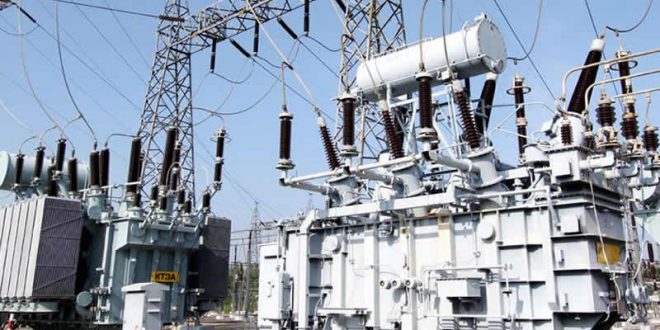Electricity Subsidies Cost N1.94 trillion in 2024 – NERC
The Nigerian Electricity Regulatory Commission (NERC) has disclosed that the federal government spent N1.94 trillion on electricity subsidies in 2024 due to the continued gap between customer tariffs and actual market costs.
The figure, released in the commission’s 2024 annual report on Monday, represents 62.59 per cent of the total invoice issued by the Nigerian Bulk Electricity Trading (NBET) Plc for the year. The average monthly subsidy stood at N161.85 billion.
According to NERC, the federal government’s directive to maintain customer tariffs at December 2022 rates despite rising cost-reflective tariffs—driven in part by currency depreciation and inflation—was a major contributor to the subsidy burden.
The report states: “The FGN directive to freeze all customer tariffs at the December 2022 approved rates, despite the increase in the cost-reflective tariffs arising from the major increase in FX rates caused the FGN subsidy to reach N633.30 billion in 2024/Q1.”
This first-quarter figure marks a sharp increase when compared to the quarterly averages in previous years. NERC recorded N157.15 billion per quarter in 2023 and N35.21 billion in 2022, translating to increases of 303 per cent and 1,699 per cent, respectively.
On April 3, 2024, NERC approved a tariff increase for Band A customers—those receiving a minimum of 20 hours of electricity supply per day—from N66/kWh to N225/kWh. The move was part of efforts to reduce the government’s subsidy exposure, which the commission said could drop by N1.14 trillion over the year.
However, a supplementary tariff order issued in May 2024 revised the rate downward to N206.80/kWh. Distribution companies (DisCos) confirmed the revision and assured affected customers of continued service levels, noting that customers on Bands B to E would not be affected and would continue paying the frozen 2022 rates.
In its review, NERC observed that although the subsidy obligations declined in the second quarter of 2024 to N380.06 billion—down by 39.99 percent from the first quarter—the government’s directive to maintain tariff levels in subsequent quarters led to a reversal. Subsidy obligations rose again in Q3 and Q4 by N84.06 billion and N91.63 billion, respectively, as the gap between allowed and cost-reflective tariffs widened due to macroeconomic conditions.
To manage the subsidy structure, NERC implemented a revised framework in January 2024, replacing the Minimum Remittance Obligation (MRO) with the DisCo Remittance Obligation (DRO) model. Under this arrangement, subsidies are applied directly to the generation cost at the point of transaction between DisCos and NBET, based on the tariffs each distribution company is allowed to recover from its customers.
“The DRO represents the ratio of the total GenCo invoice that is billed to the DisCos by NBET based on what the allowed DisCo tariffs can cover,” the report explained.
NERC said the switch to the DRO system was necessary due to the adverse effects of unpaid subsidy debts on the financial stability of distribution companies, which had begun to impact their ability to invest in infrastructure and service delivery.
The commission reiterated that the government continues to fund the difference between cost-reflective and allowed tariffs through what it termed “tariff shortfall funding.”

